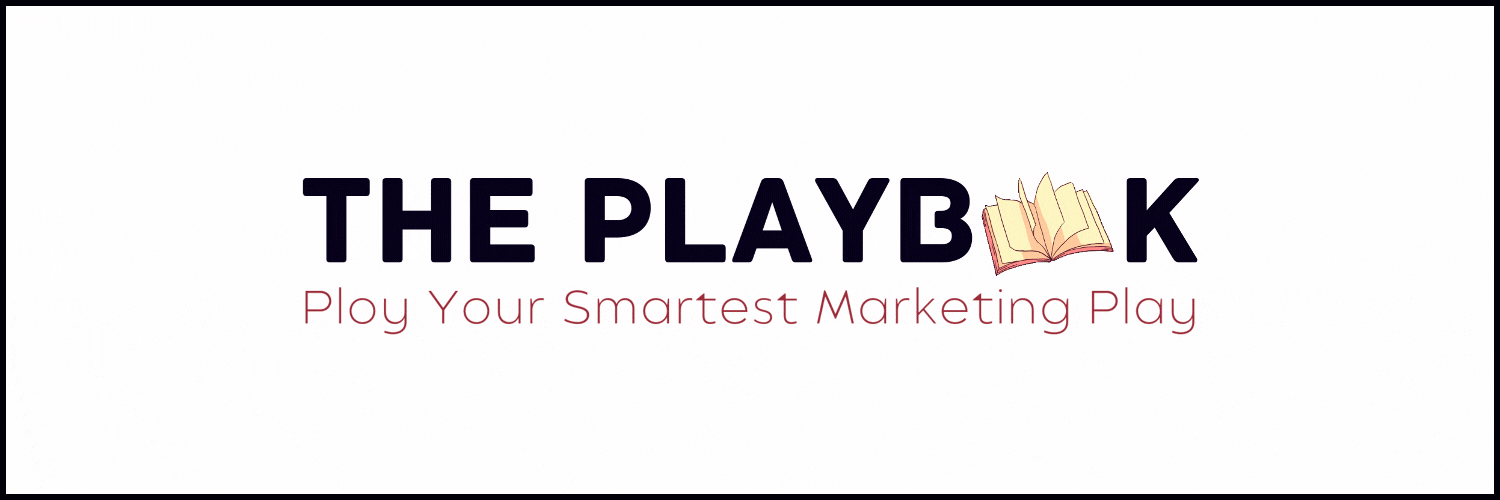The $0 Effect in DTC
🧠 Why “Free” Outperforms Discounts and How Elite Brands Leverage It

Hey Readers 🥰
Welcome to today’s edition, bringing the latest growth stories fresh to your inbox.
And just a quick heads-up! If you stumbled upon us through a friend, make sure to subscribe below! That way, you’ll never miss out on the trending stories.
🧠 The $0 Effect in DTC: Why “Free” Outperforms Discounts and How Elite Brands Leverage It
Discounts are everywhere. 10% off, 20% off, 50% off; consumers have grown numb to percentage-based incentives. But the word “Free”? It still creates a visceral, almost irrational response that discounts can’t be matched. In DTC, the $0 Effect isn’t just about lowering price; it’s about unlocking psychological triggers that drive higher conversion and AOV.
1. Why “Free” Hits Harder Than 20% Off
When customers see “free,” the brain interprets it as zero risk and extra reward.
A “20% off” offer forces mental math: Is this worth it? How much do I save?
But “Buy 2, Get 1 Free” feels effortless; the value is tangible, immediate, and anchored to gain rather than sacrifice.
Behavioral economist Dan Ariely famously demonstrated that free isn’t just cheaper, it’s exponentially more attractive, even when discounts are mathematically better. DTC brands can harness this instinct by reframing offers.
2. The AOV Lift From “Buy X, Get X Free”
Free add-ons or extra units encourage bulk purchasing in a way flat discounts rarely can.
For example:
- “20% off” on 3 products might yield $80 revenue (3 × $33 = $99 – 20%).
- “Buy 2, Get 1 Free” often pushes the buyer to purchase 3 units even if they planned to buy just 1 or 2.
This tactic not only raises average order volume but also clears inventory without eroding price perception.
Examples
- Dollar Shave Club: Their “Free Starter Set” offer (just pay $1 for shipping) outperformed straight discounts in acquiring first-time subscribers.
- Bath & Body Works: Their “Buy 3, Get 3 Free” semi-annual sale continues to drive record-breaking store and online conversions, far outpacing percentage-off events.
- HelloFresh: Their “First Box Free” framing significantly outperforms 30%-off campaigns for new customer acquisition.
4. Testing “Free” the Right Way
Not every free offer is equal. You need to test:
- Free Gift vs. Free Unit: Which drives higher AOV?
- Buy X Get Y vs. Free Shipping: Which creates more urgency?
- Bundling with Free Add-Ons: Does adding a low-cost, high-perceived-value item (e.g., shaker bottle, travel pack) increase checkout conversion?
The $0 Effect isn’t about giving away profits; it’s about framing value in a way that feels irresistible. A 20% discount lowers margins and conditions customers to wait for sales. A “free” offer feels like a bonus, increases cart size, and strengthens brand perception.
Partnership with Guidde
🔄 You’re Losing Hours Every Week to Repeat Explanations
Still explaining how to tag customers or fix Meta ads manually? Your team juggles Klaviyo flows, TikTok Ads, returns dashboards, and endless launches. Every explanation slows your ops down.
Guidde replaces them with self-guided, video-based training created directly from your workflow.
1️⃣ Capture your task once and get a guide that’s branded, editable, and AI-voiced
1️⃣ Share it anywhere, from onboarding to customer support hubs
1️⃣ Update anytime without re-recording or rebuilding from scratch
Let your work teach itself.
Try Guidde’s free extension and document your stack in real-time!
🗝️ Tweet of the Day

Advertise with Us
70% of email clicks are bots but not with The Playbook. Reach real human buyers with verified clicks and only pay for actual engagement.
We'd love to hear your feedback on today's issue! Simply reply to this email and share your thoughts on how we can improve our content and format. 😍